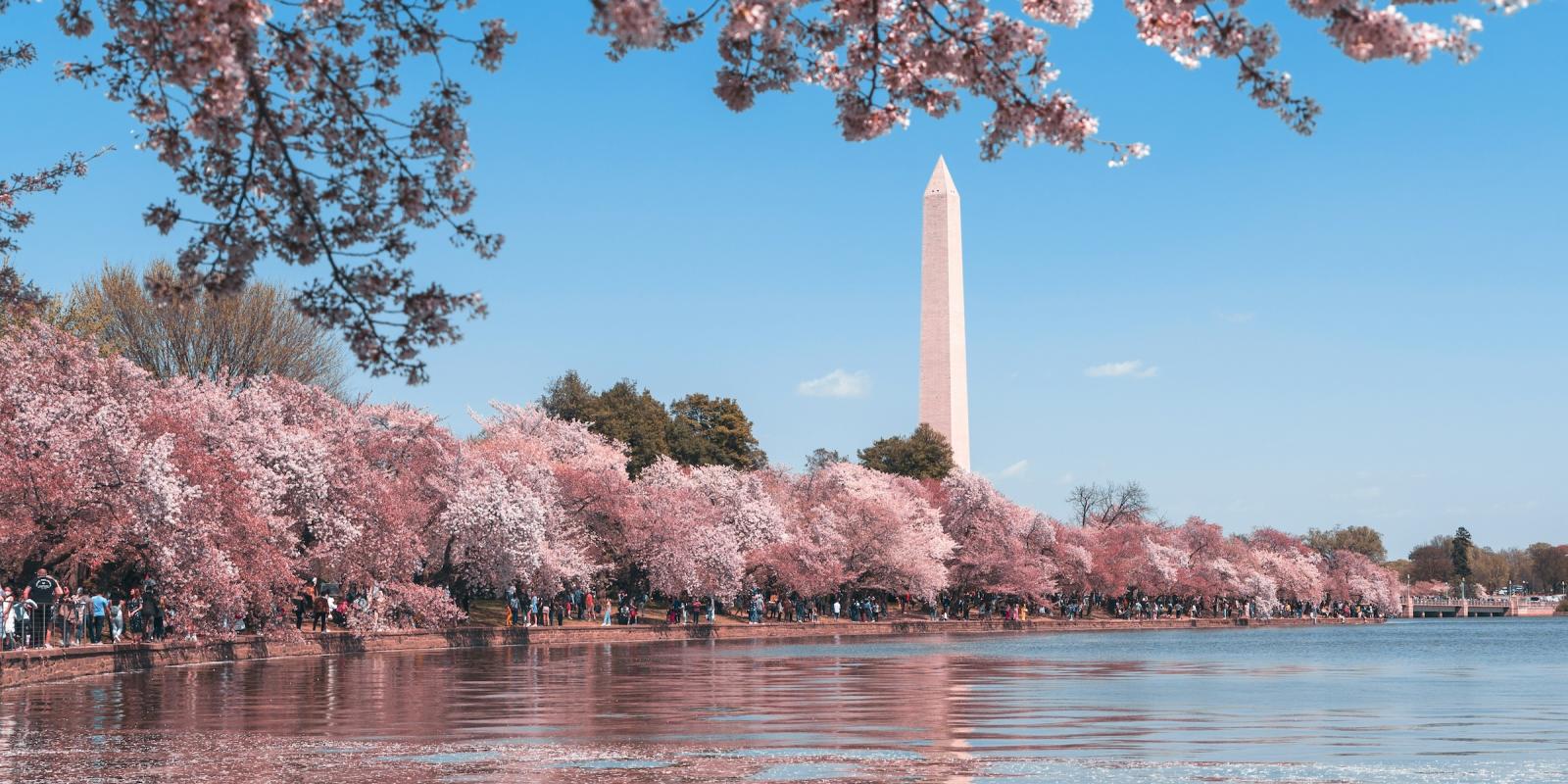One of just two Black women in the White House Press Corps during the 1950s and 1960s, Ethel Payne repeatedly demonstrated her determination to deliver the truth to her readers -- informed by her experience. Responding the criticism that she should be more objective, Payne responded, “I stick to my firm, unshakeable belief that the black press is an advocacy press, and that I, as a part of that press, can’t afford the luxury of being unbiased…when it comes to issues that really affect my people, and I plead guilty, because I think that I am an instrument of change.”
